
TAGTIK NEWS - TO THE POINT
Born on 30 May: Topper Headon, the real rhythmic engine of The Clash
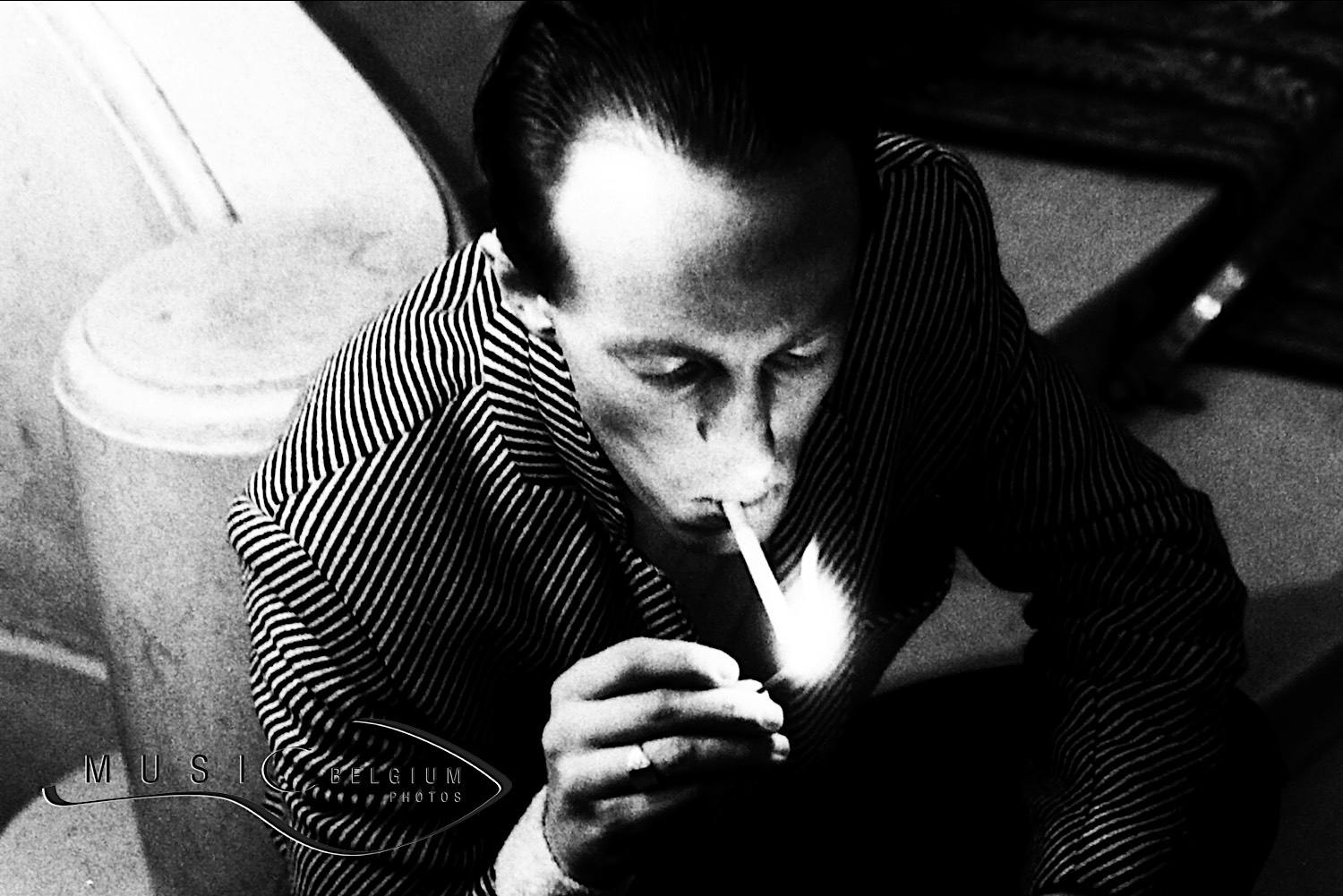
Born Nicholas Bowen Headon in 1955 in Bromley (England), he joined the iconic English band from their second album in 1978.
When punk erupted in the London capital, anything seemed possible, and especially, shaking things up. Before joining The Clash, Topper Headon, known for his versatility, first made his mark in a progressive music group, then with the unruly GI’s, before landing at London SS – group names that are, curiously enough, almost contradictory. Legend has it he was chosen for his virtuosity, after an audition of 200 drummers to replace Terry Chimes.
You might think that alongside Joe Strummer and Mick Jones his role was insignificant, but that wasn't the case. After establishing himself, he began spreading his wings, sometimes picking up the pen, sometimes stepping up to the microphone, sometimes even both. On the ambitious triple album "Sandinista!" (1980), he penned "Ivan Meets G.I. Joe"—a theme that fits this rebellious fighter against injustice perfectly. He was also behind "Rock The Casbah" on the album "Combat Rock" (1982), the only Clash song to reach the US Billboard Top 10. Inspired by the ban on rock in Iran by Ayatollah Khomeini, it tells the fictional story of a Supreme Leader's order to bomb a casbah where young people are dancing. In the end, the pilots refuse to obey and opt to listen to the track in their cockpit instead—a rather utopian fable that Topper Headon composed and recorded solo in the studio, with Joe Strummer later adding vocals and Mick Jones the guitar parts.
In an interview with the magazine "Uncut" in 2003, Headon explained: "When I joined The Clash, they already had the energy. I brought the precision. It was like putting a Ferrari engine in a van: suddenly, you could go wherever you wanted." A rather beautiful metaphor.
After the release of "Combat Rock", his struggles with heroin addiction led to his dismissal from the band—a separation that was, of course, painful for him: "It was like getting kicked out of your own home. But I couldn't blame them. I’d become unmanageable," he admits now.
In 1986, he released "Waking Up", an album with a soul flavour that unfortunately was lost to history. This would be the only entry in his solo discography.
Due to recurring addictions followed by an inflammatory spinal disease, none of his other projects came to fruition. Nevertheless, it would have been interesting to hear him alongside Louis Bertignac and Corinne Marienneau (formerly of Téléphone), as was once considered.
Now free from his demons, he quietly dedicates himself to various charitable causes, particularly to help troubled youths and raise awareness around the dangers of drugs. He certainly knows what he's talking about…
(MH with Stéphane Soupart - Photo: © Etienne Tordoir)
Photo: Portrait of Topper Headon at the Astoria Hotel in Brussels (Belgium) on 5 March 1986
LATEST NEWS
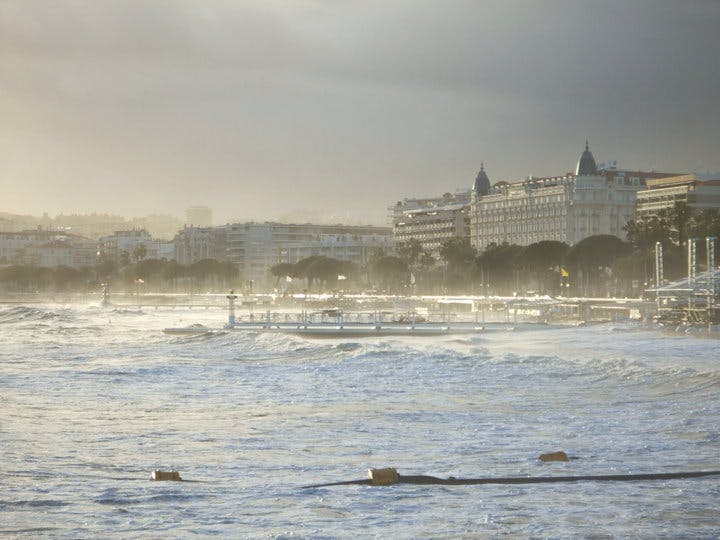
Cannes Prepares for a Tsunami
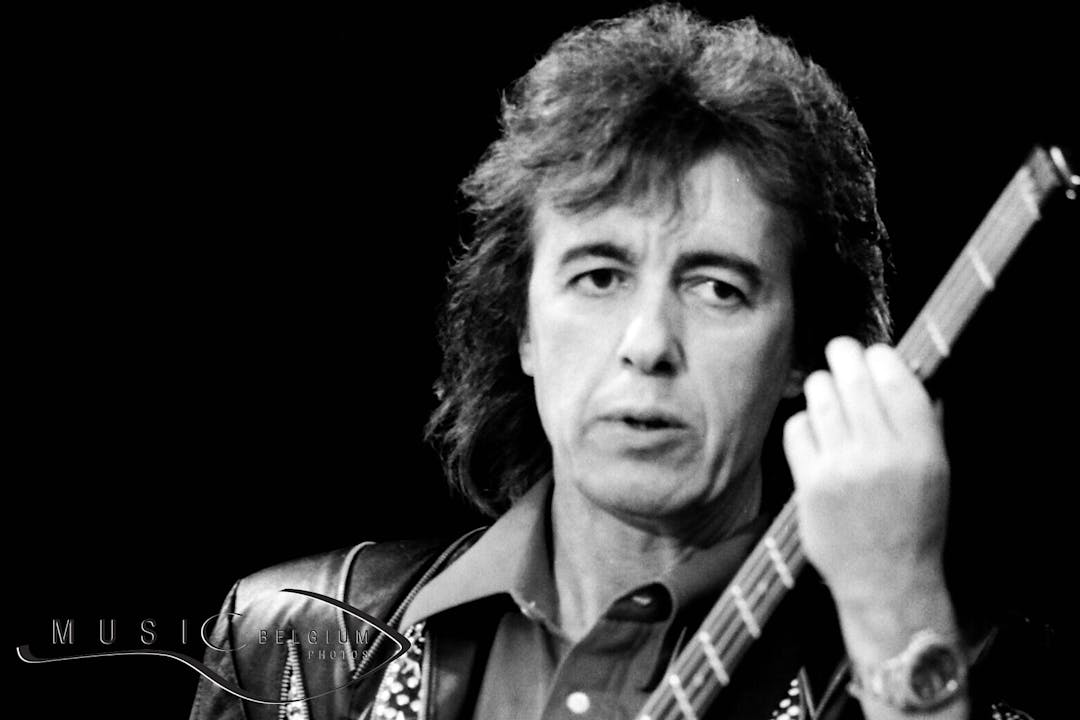
Born on October 24: Bill Wyman, the Rolling Stones' discreet bassist for three decades

Jailed Georgian and Belarussian journalists win top EU rights prize
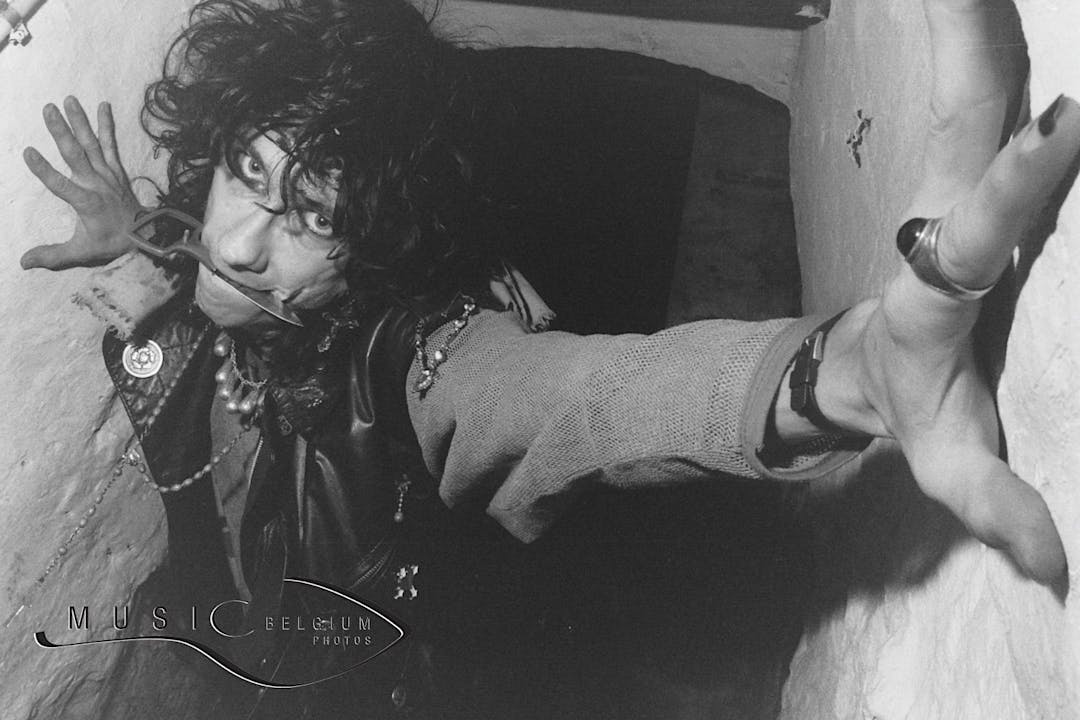
Born October 22: Stiv Bators (Lords of the New Church), prophet of chaos
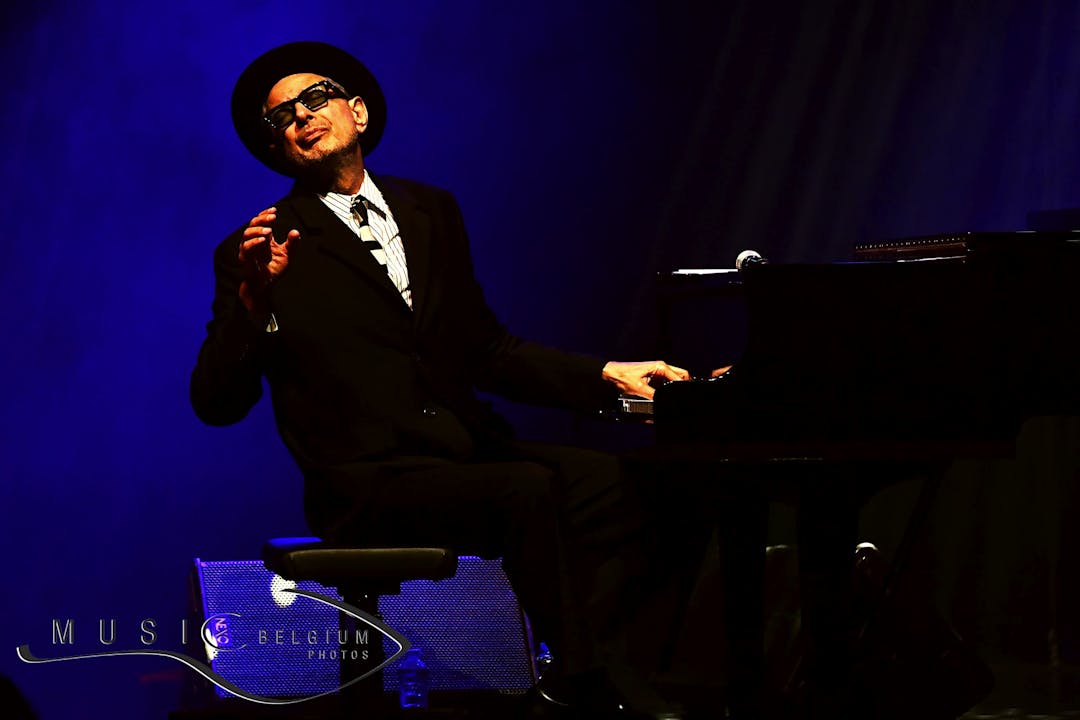
Born on October 22: Jeff Goldblum, amateur jazz musician and Hollywood star
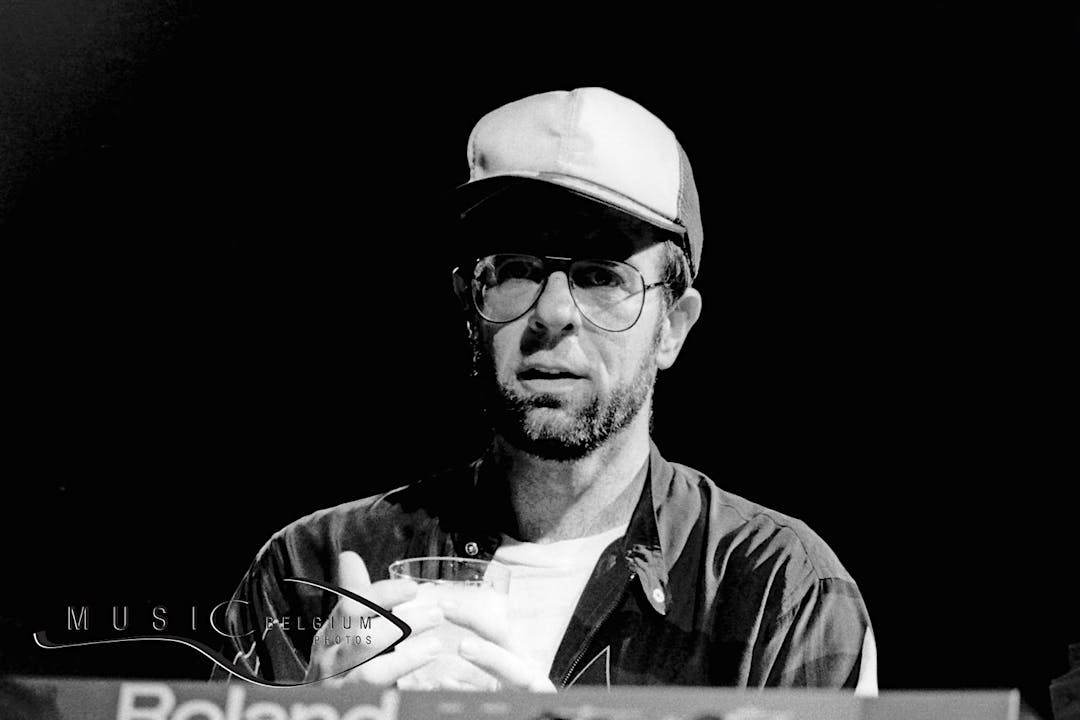
Born on October 21: Manfred Mann still lives on planet Earth Band
Quick links